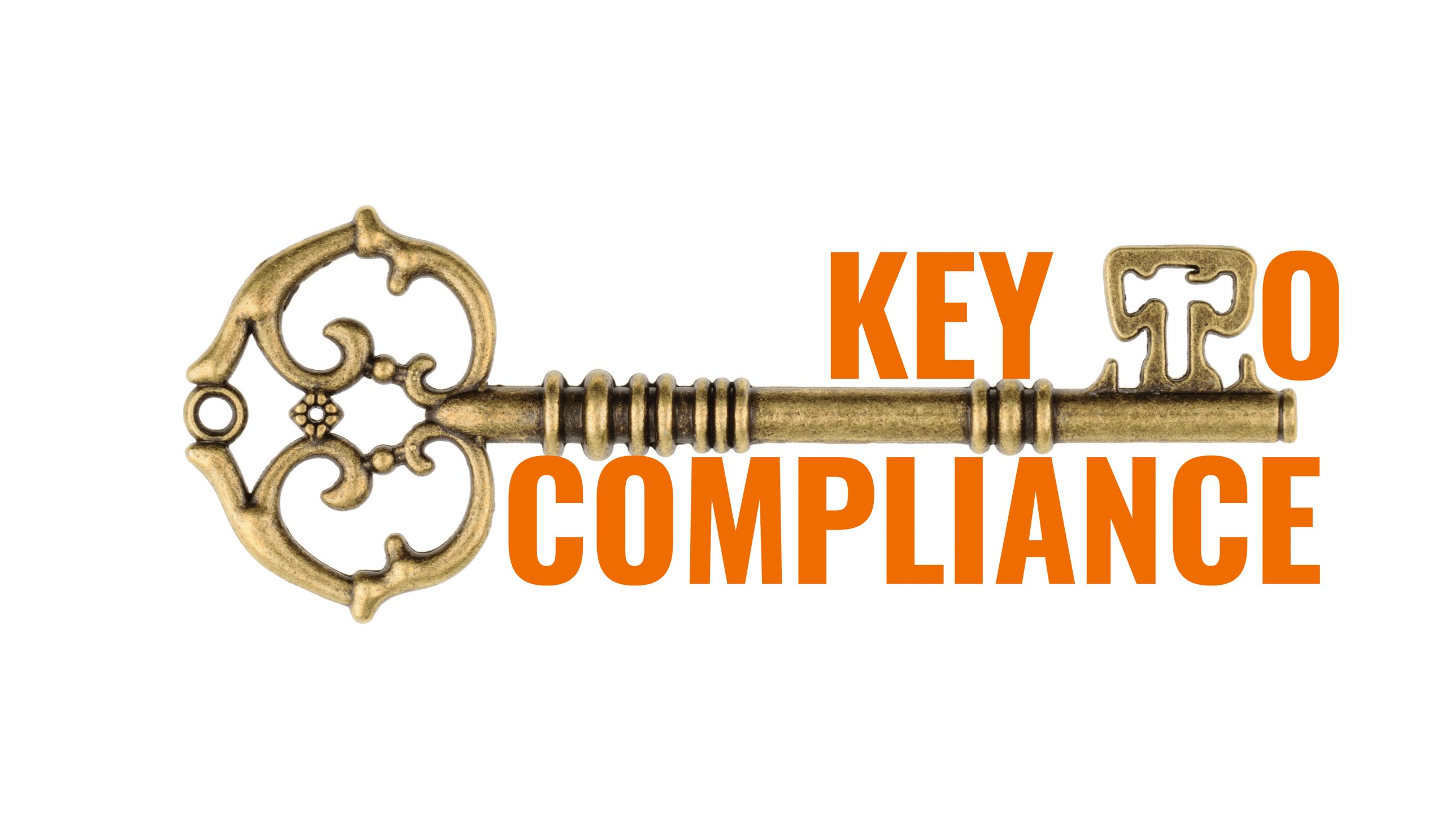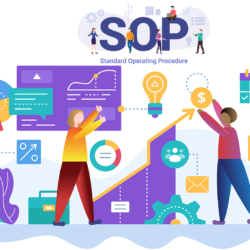Purchasing card Risks and Controls
Purchasing cards are cards which Provide an easy method of payment to a vendor by the end users at the Point of Purchase or Point of Sale. This is almost similar to consumer credit cards which are branded by banks and merchants pay a processing fees but it simplifies the purchasing process. The benefits are Read more about Purchasing card Risks and Controls[…]

